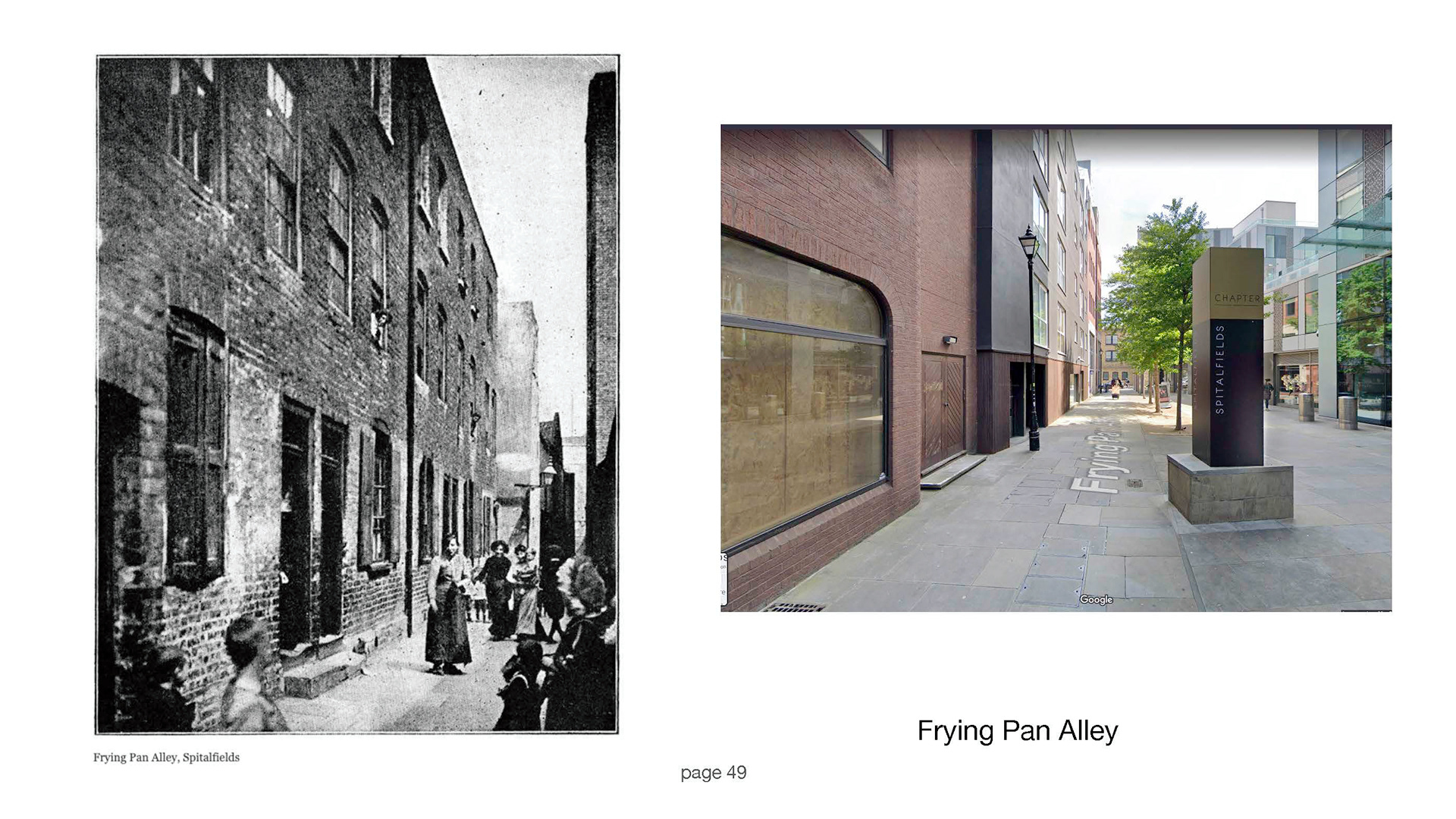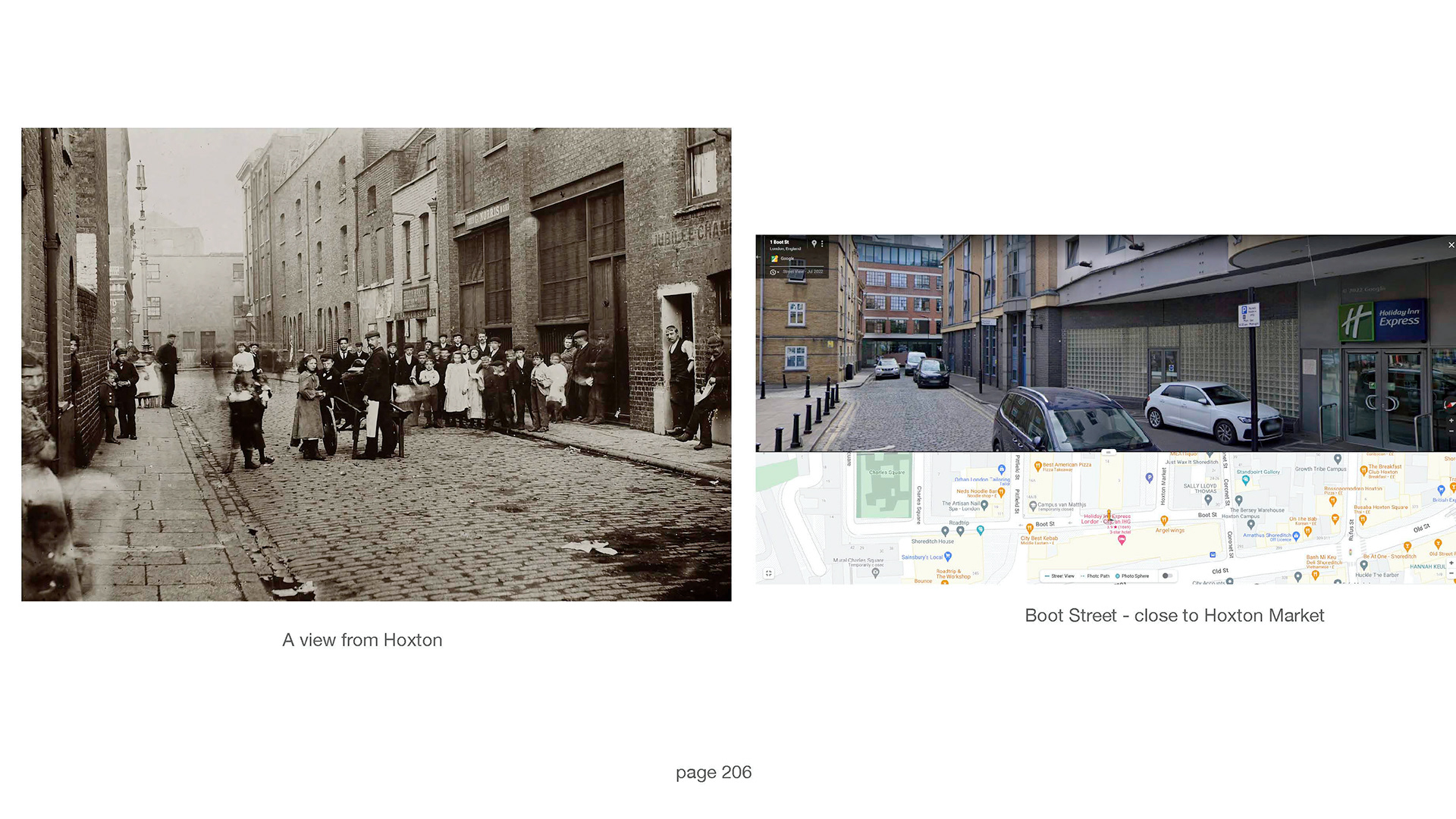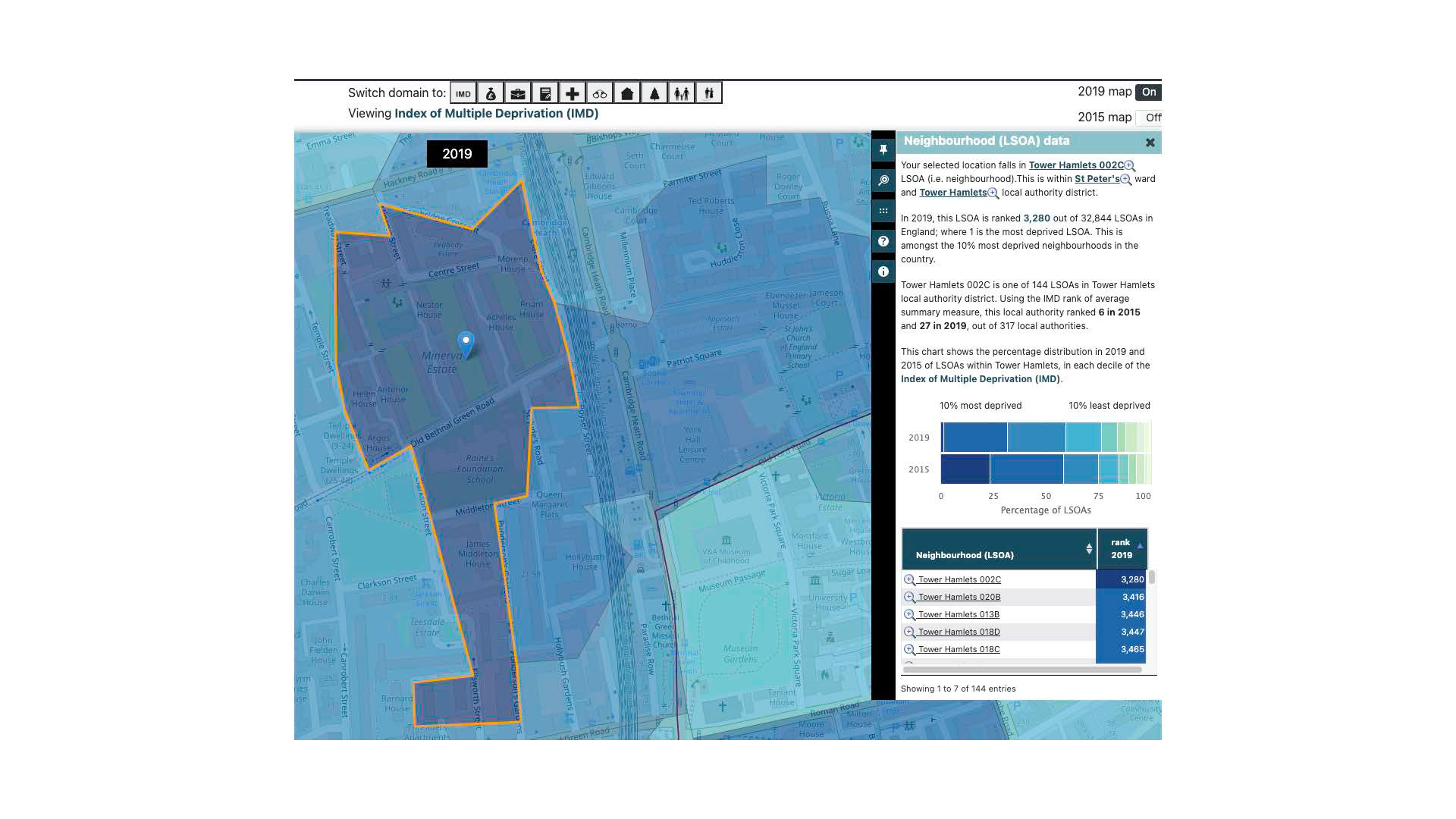THE RESEARCH
Venturing into the heart of East London's impoverished slums in 1902, Jack London, an American journalist and writer, captured the stark realities of the time through a lens of compassion. His seminal work, 'People of the Abyss,' serves as a poignant first-hand account of the destitution that plagued the East End during the coronation of King Edward VII.
'Out of the Abyss,' is a film inspired by London's evocative photographs taken in the aftermath of his immersive experience.
Employing a forensic approach, I meticulously researched the same locations in modern-day London, navigating the challenges posed by Jack London's vague references, such as the loosely described "A place in Hoxton."
Filmed during the 70th Jubilee, marking the longest reign of a British monarch, and completed in the year of a new British king's coronation, 'Out of the Abyss' unfolds as an experimental exploration of social change, gentrification, and the evolving standards of living.
A juxtaposition with a historical narrative from a time when the United Kingdom, despite being the wealthiest nation, grappled with extreme poverty, offers insights into the enduring complexities of societal shifts.
I also shot a page of the Charles Booth’s 1st edition map - held at the Tower Hamlets Archive - the image you see at the top of the page - which I used extensively on my research.
Below lies the research grid, aligned with the pages of Jack London's book, providing a comparative lens extending a century into the future. The blue maps are printscreens from the Indices of Deprivation Website from 2019 and 2015, offering a comprehensive snapshot of the ongoing socio-economic landscape.





























